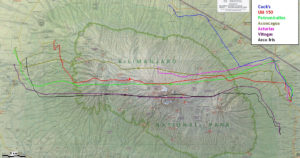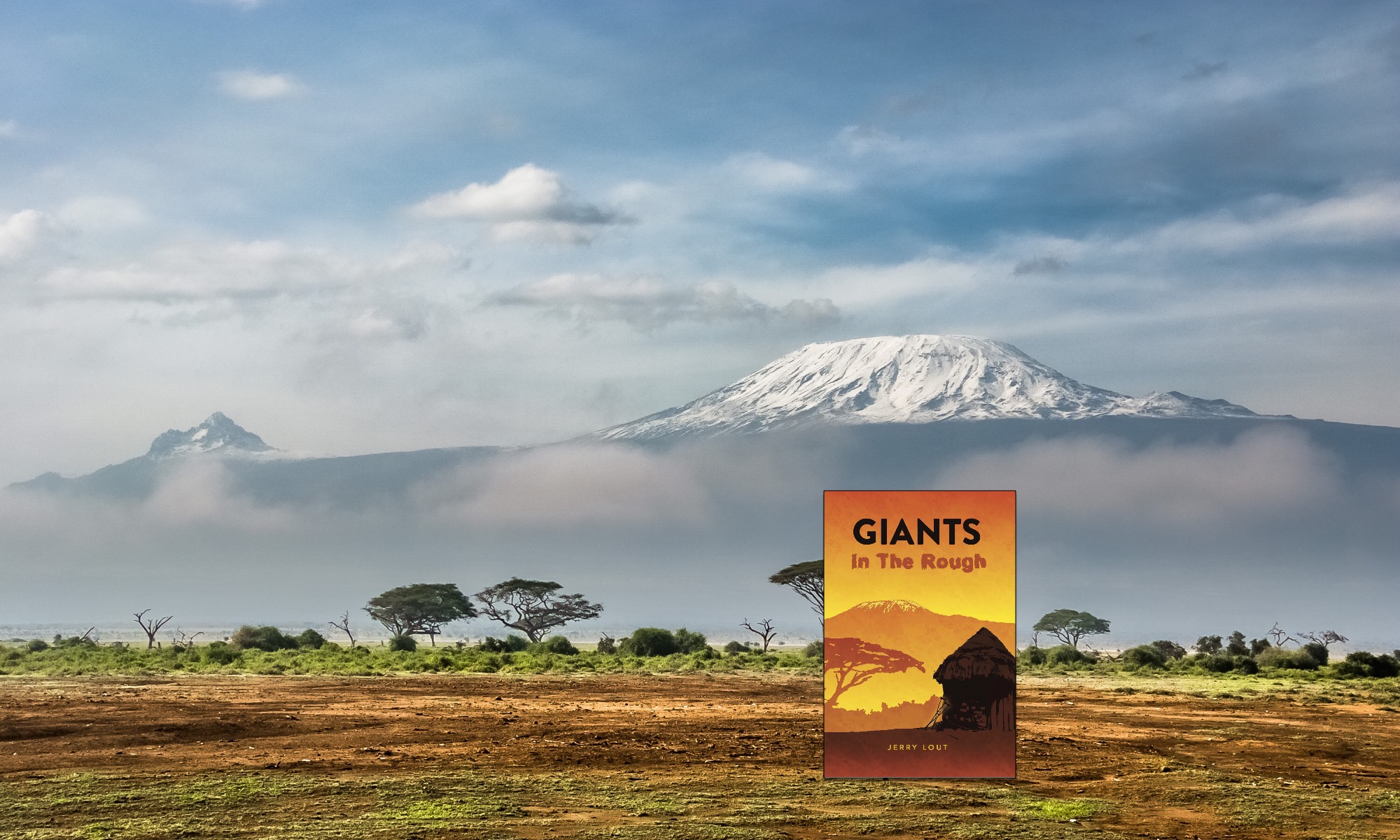Growing in Christlikeness takes brains.
Not brilliance. Not genius. The Christian Faith isn’t privately reserved for Nobel Prize recipients in science and medicine. Indeed, any trusting, open-hearted child may drink deep of the waters of salvation.
But serious Jesus-followers setting out to grow as his disciples are not ones to check their brains at the door. To them, good sense reflected by sound thinking is essential – a no-brainer, you might say.

Unfolding the topography map (Google Earth wouldn’t debut for another decade) I was soon taken by the stunning landscape spread out before me. Even when merely displayed on landscape parchment, the vast range of Kili’s expanse – her ravines etching wrinkles across her ancient face – captivated me.
The mountain’s greens, from rich shadows to hues showcasing rain forests and highland grasses drew me in. Into dreaming. And more than that. To thinking.
How often do we give it consideration, this quality of thought. Its power and its necessity. The uniquely human capacity to consider, to surmise and decide – that is, to use our brain?
Before any venture can get underway – from the Wright brothers winged launch into North Carolina skies to the designing and building of India’s dazzling Taj Mahal to putting together the kids lunch bag for school – the mind must stir.
Surveying Kilimanjaro’s image that morning, my mind did that. It stirred. And a dream was born.
I would set out to climb this mountain. . . and do it with my kids. At the very least, I could try. But there would be a needed sequence about such a heady vision. Some mental pacings must precede the actual ones. Before the climb could ever begin, I must further engage my mind. Questions asked. Mysteries uncovered.
When is the best season of year for such thing? – Which route promises the best chance of success? – Supplies – what equipment, survival gear and food stuff do we gather If my two teens and me are to set foot on Africa’s legendary rooftop? – What will it all cost? (this was a Biggie)
Does this make any sense? Could we actually achieve it? Thoughts. These demanded logic, rationale, kinds of things I’m not so famous for. Still, the thinking part, I came to realize, was indispensable to a happy, adventurous – and completed – climb.
I got encouraged, enthused actually. The task would be daunting, but it was reachable. . . I felt certain. I had lived at the foot of this glorious giant long enough to learn some secrets, catch some glimpses of the possibilities.
Thinking had been happening a while.
So simple strategies began playing in my head – vague and ill-defined at first – of taking on this vast, snow-crowned volcano.
I peered again at Kili’s image lying there atop our dining table, the table itself crafted of timber harvested from other African slopes – Kenya’s Mount Elgon.
On and on I continued thinking. . . and on.
Trekking a mountain to her summit may be much like walking with Christ, I mused. One [sensible] step at a time.
©2018 Jerry Lout



